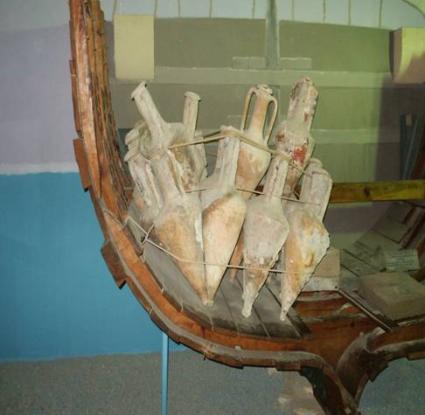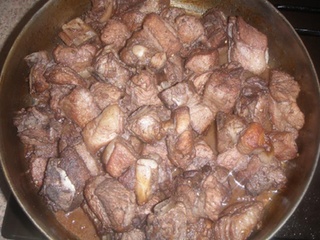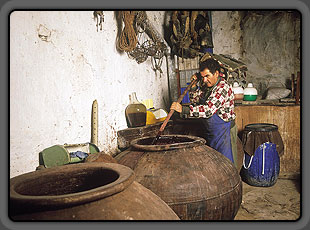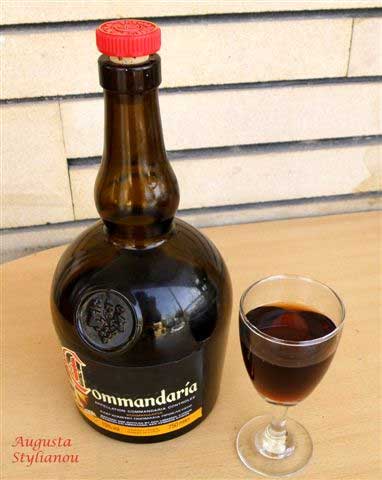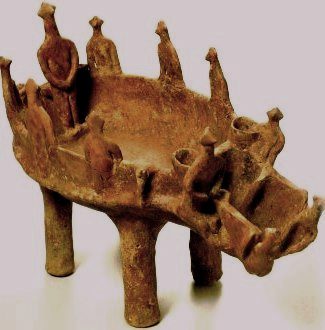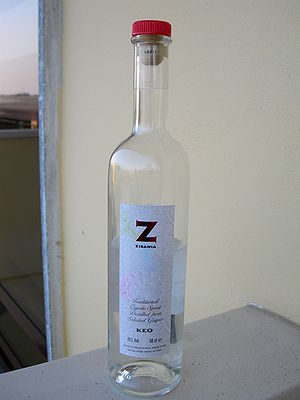An attached study on the cultivation of vines, the production, distribution and trade of wine and its cultural significance in Cyprus.
Name - Origin
Κρασί, οίνος.
Functional and symbolic role
Ludolf von Suchen, visiting Cyprus between 1336-1341, described the different types of vines and noted the excellent wine produced, stating that 'Cypriots are the best in wine consumption' (Cobham 1908, 18).
Additional information and bibliography
Based on archaeological research, the cultivation of vines dates back to the 2nd millennium (Karageorgis 1993, 32). During the Venetian rule (1489-1571), wine trade was developed, particularly of commandaria, with exports to Venice, Ragusa and the rest of Europe, as well as to England and Madeira (Psaras 1993, 97). Wine exports continued during both the Ottoman and the British rule.
Rizopoulou-Egoumenidou Euphrosyne, 'Wine culture in Cyprus: 4000 years of tradition', under publication in the Proceedings of the First International Conference 'Wine in Ancient Greece and Cyprus', Ikaria Island, Greece, 21-23 September 2007, 11 pages.
Eleni Christou

